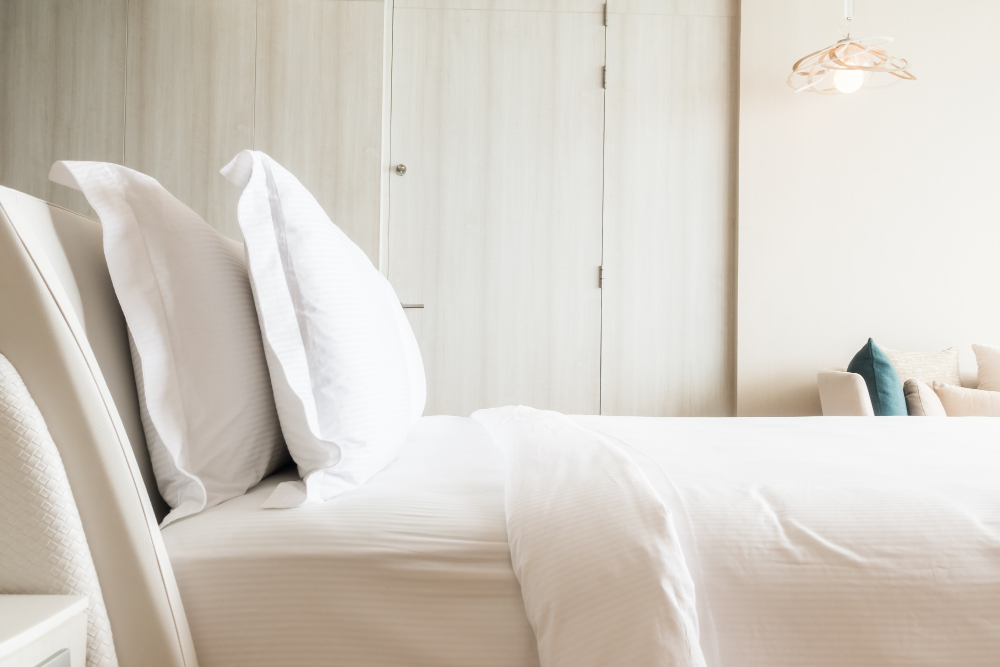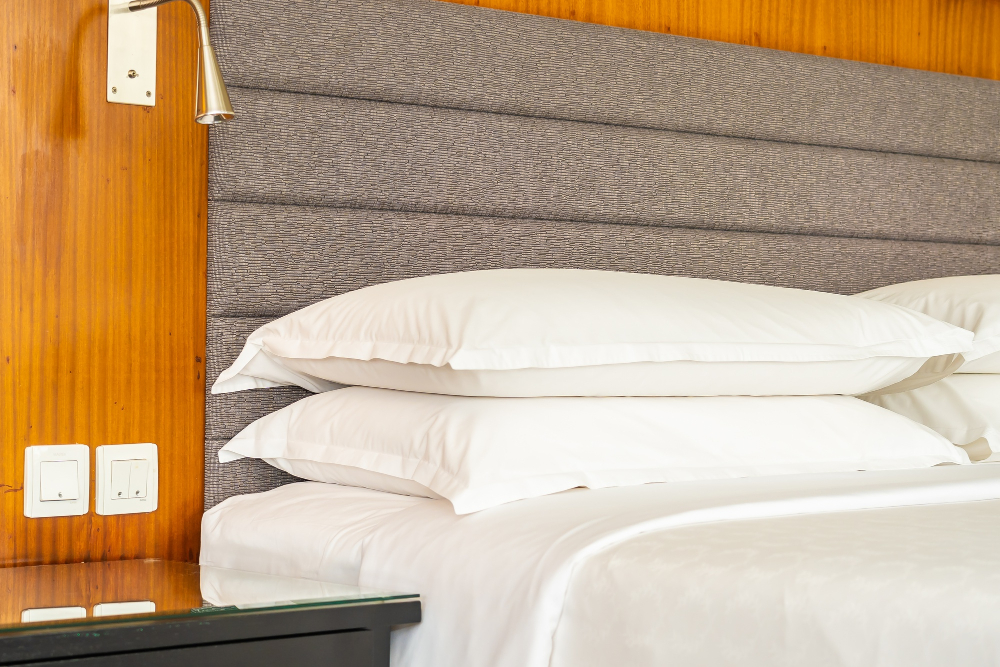Institutional bedding serves a crucial role in providing comfort and functionality within settings such as hospitals, hotels, dormitories, and correctional facilities. Designing and developing bedding for these institutions requires a meticulous approach that prioritizes durability, ease of maintenance, and adherence to specific industry standards.
1. Understanding Institutional Requirements:
The initial step in the design process involves a thorough understanding of the specific requirements of the institution. Considerations such as safety standards, hygiene protocols, and durability expectations vary across different settings. For example, hospital bedding may need to meet infection control standards, while hotel bedding focuses on luxurious yet durable materials.
2. Material Selection:
Choosing the right materials is paramount in institutional bedding design. Fabrics need to be durable, easily laundered, and resistant to wear and tear. In healthcare settings, antimicrobial and hypoallergenic materials may be prioritized. Hotels may opt for high-quality, luxurious fabrics that can withstand frequent laundering. Consideration of fire-resistant materials may be crucial in certain institutional settings.
3. Construction and Durability:
The construction of institutional bedding plays a pivotal role in its longevity. Reinforced seams, durable stitching, and robust construction techniques contribute to the overall durability of the bedding. In settings with high turnover or frequent use, such as hotels or dormitories, durability becomes a key factor in ensuring the bedding maintains its quality over time.
4. Compliance with Regulations:
Institutional bedding must adhere to industry-specific regulations and standards. This may include compliance with fire safety regulations, health codes, and any other guidelines pertinent to the specific institution. Designers and manufacturers must stay abreast of evolving regulations to ensure that the bedding meets or exceeds all required standards.
5. Comfort and Aesthetics:
While durability is crucial, comfort and aesthetics are also important considerations. Institutional bedding should provide a welcoming and comfortable environment for users. In hotel settings, the aesthetic appeal of bedding contributes to the overall guest experience. In healthcare, comfort is often prioritized for patient well-being.
6. Customization for Different Settings:
Different institutions have unique requirements, and bedding designs may need to be customized accordingly. For example, bedding for a hospital may include features such as bed bug resistance, waterproofing, or adjustable features for medical purposes. Tailoring the design to meet the specific needs of each setting is essential.
7. Sustainability and Eco-Friendly Practices:
In recent years, there has been a growing emphasis on sustainability in the textile industry. Designers and manufacturers of institutional bedding are increasingly incorporating eco-friendly materials and practices into their designs. This may involve using organic cotton, recycled fibers, or implementing water and energy-efficient manufacturing processes.
8. Quality Control and Testing:
Stringent quality control measures and testing protocols are essential in ensuring that institutional bedding meets the highest standards. Rigorous testing for durability, colorfastness, and adherence to regulations is conducted to guarantee that the bedding performs well under the demands of institutional use.


